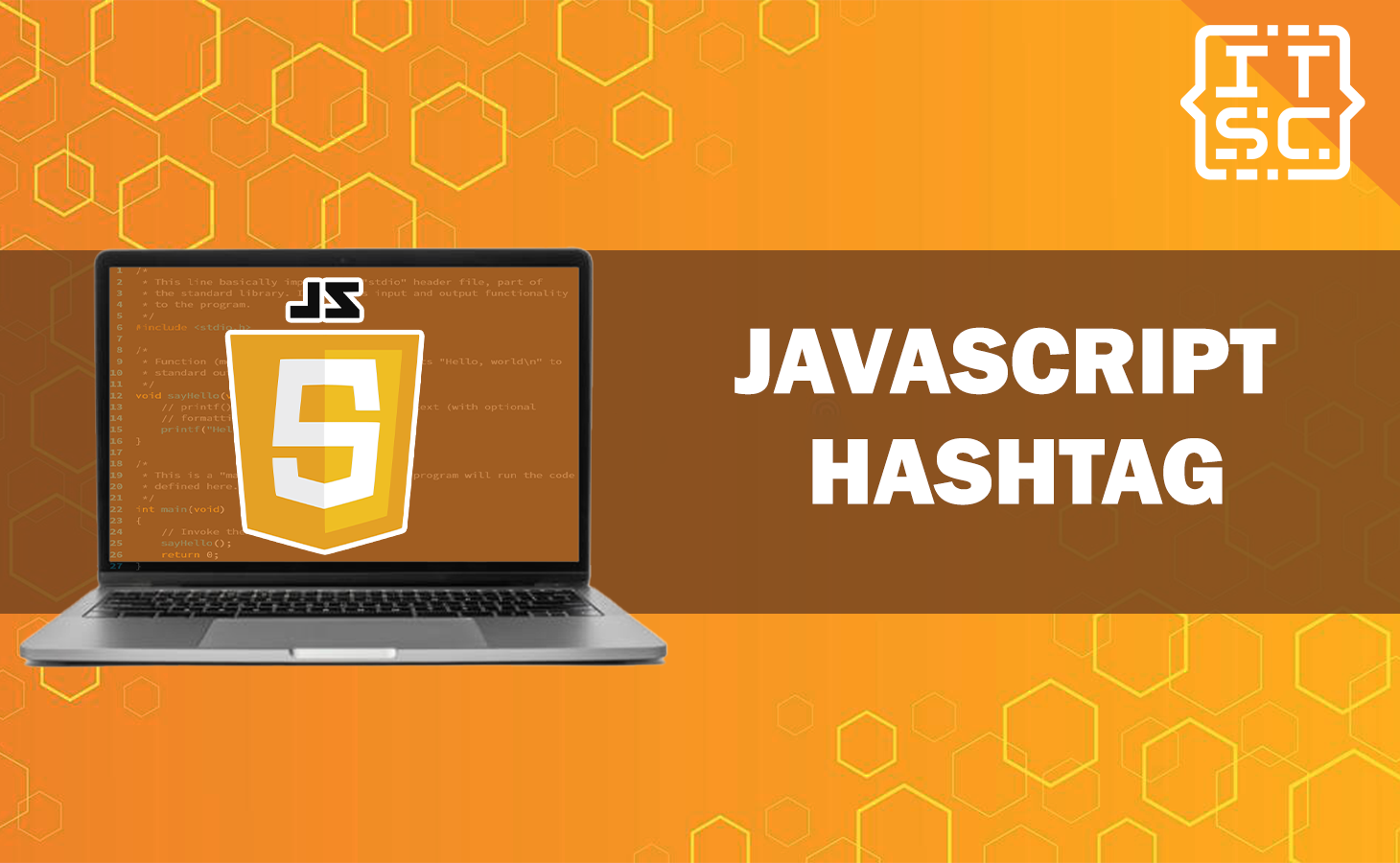One of the key features of JavaScript is the hashtag symbol (#), which serves various purposes in the language.
In this article, we will explore the meaning of the JavaScript hashtag (#) and its uses, along with example programs to illustrate its functionality.
What JavaScript hashtag (#)?
In the context of JavaScript, the hashtag or hash symbol (#) does not have any specific meaning on its own. It is generally used as part of other language features or constructs.
Uses of JavaScript hashtag (#)
Here are some common uses of the hashtag in JavaScript:
URL Fragments
In URLs, the “#” symbol is used to specify a fragment identifier. It allows you to link to a specific section or element within a webpage.
When a URL contains a “#” symbol followed by an identifier, the browser will scroll to the corresponding element with a matching “id” attribute.
CSS Selectors
The hashtag is used in CSS selectors to target elements with specific IDs.
In JavaScript, you can use the document.querySelector() or document.querySelectorAll() methods to select elements based on their IDs using CSS-like syntax.
For example, document.querySelector(‘#myElement’) would select the first element with the ID “myElement” on the page.
JavaScript Commenting
The hashtag is often used as a symbol to denote single-line comments in JavaScript. Anything following the hashtag on a line is considered a comment and is ignored by the JavaScript interpreter.
Example Program
Here’s an example program that demonstrates the usage of JavaScript hashtags:
<!DOCTYPE html>
<html>
<head>
<title>Example Program with #</title>
<style>
.highlight {
background-color: yellow;
}
</style>
</head>
<body>
<h1>Example Program with #</h1>
<div id="section1">
<h2>Section 1</h2>
<p>This is the first section of the webpage.</p>
</div>
<div id="section2">
<h2>Section 2</h2>
<p>This is the second section of the webpage.</p>
<button id="scrollButton">Scroll to Section 2</button>
</div>
<script>
// Example 1: Hash or Fragment Identifier
document.getElementById("scrollButton").addEventListener("click", function() {
window.location.hash = "#section2";
});
// Example 2: Template Literals
function generateGreeting(name) {
return `Hello, ${name}! Welcome to our website. #HappyCoding`;
}
const username = "John";
const greeting = generateGreeting(username);
console.log(greeting);
// Example 3: CSS Selectors
const highlightElements = document.querySelectorAll(".highlight");
highlightElements.forEach(function(element) {
element.style.backgroundColor = "yellow";
});
</script>
</body>
</html>
This HTML file includes three sections, each with a unique ID. The JavaScript code within the <scripts> tags demonstrates the use of “#” as a fragment identifier, template literals, and CSS selectors.
When you click the “Scroll to Section 2” button, it will scroll to the second section of the webpage
The greeting message is logged to the console, and any elements with the class “highlight” will have a yellow background color applied to them.
Anyway here are some of the functions you might want to learn and can help you:
Conclusion
In conclusion, JavaScript hashtag (#) holds multiple meanings and plays a significant role in web development.
It serves as an HTML anchor, URL fragment identifier, selector for event listeners, special character in regular expressions, and delimiter for template literals.
Understanding its various uses empowers developers to create dynamic and interactive web experiences.
Incorporating the JavaScript hashtag (#) effectively into your code enhances the functionality and user experience of your web applications.
That concludes our discussion on this function. We hope that you have gained valuable insights from this article.
Stay tuned for more! 😊

